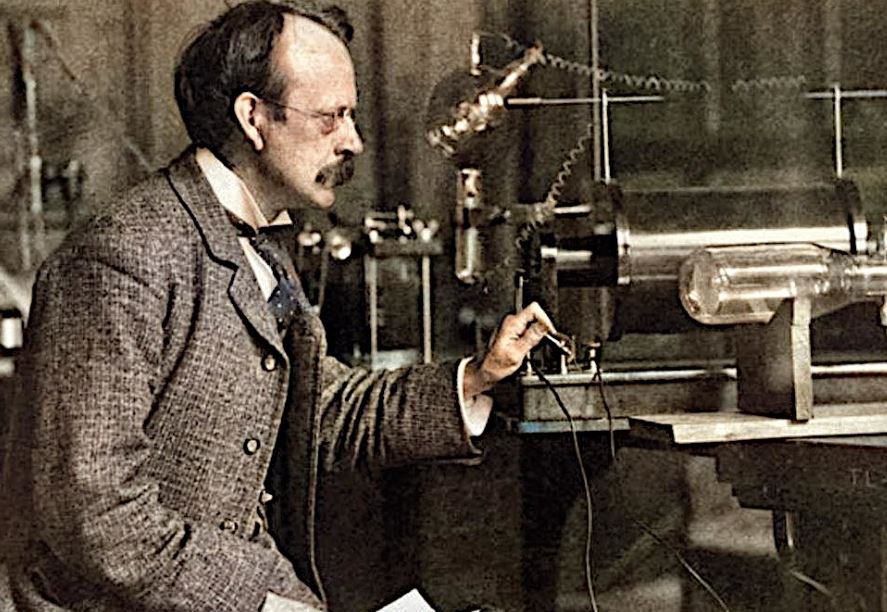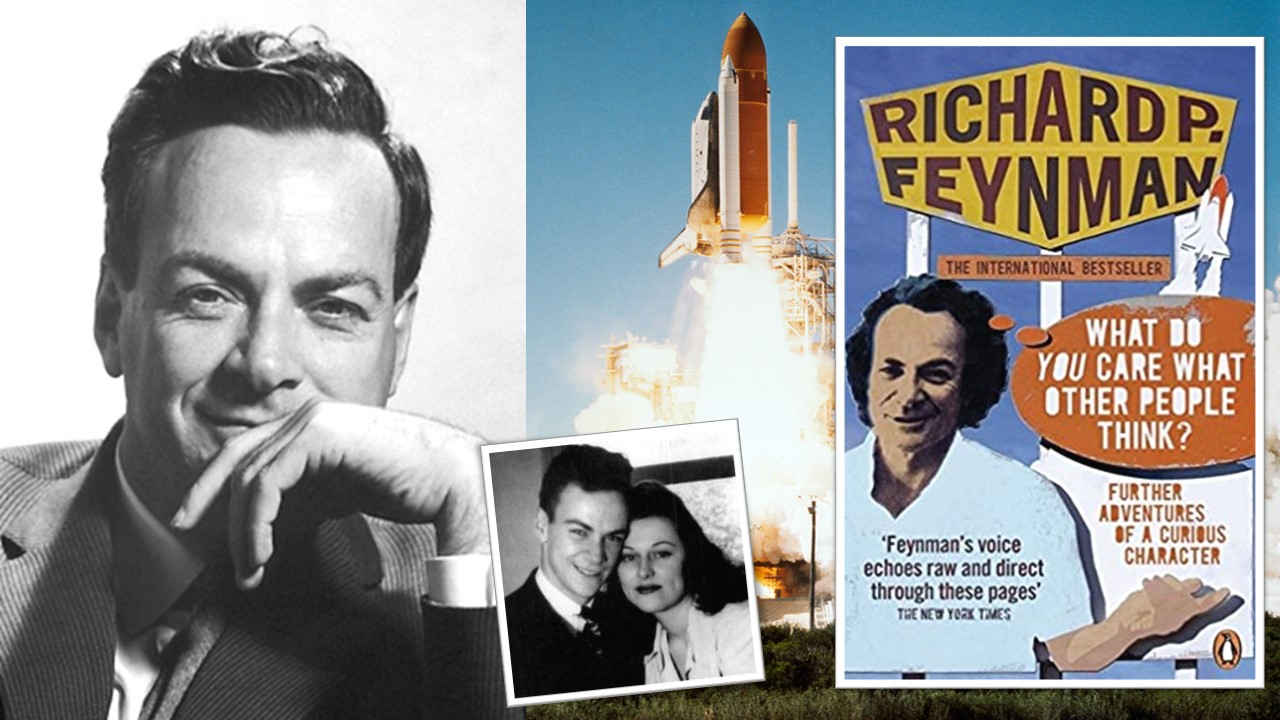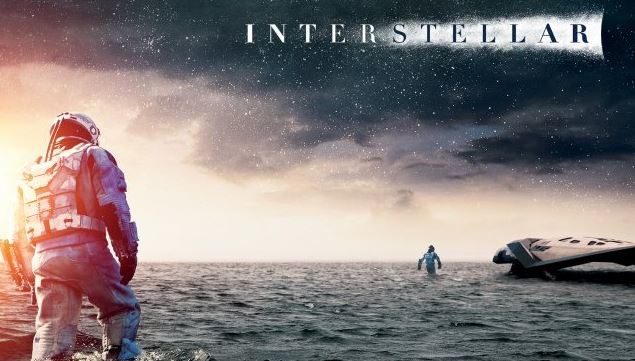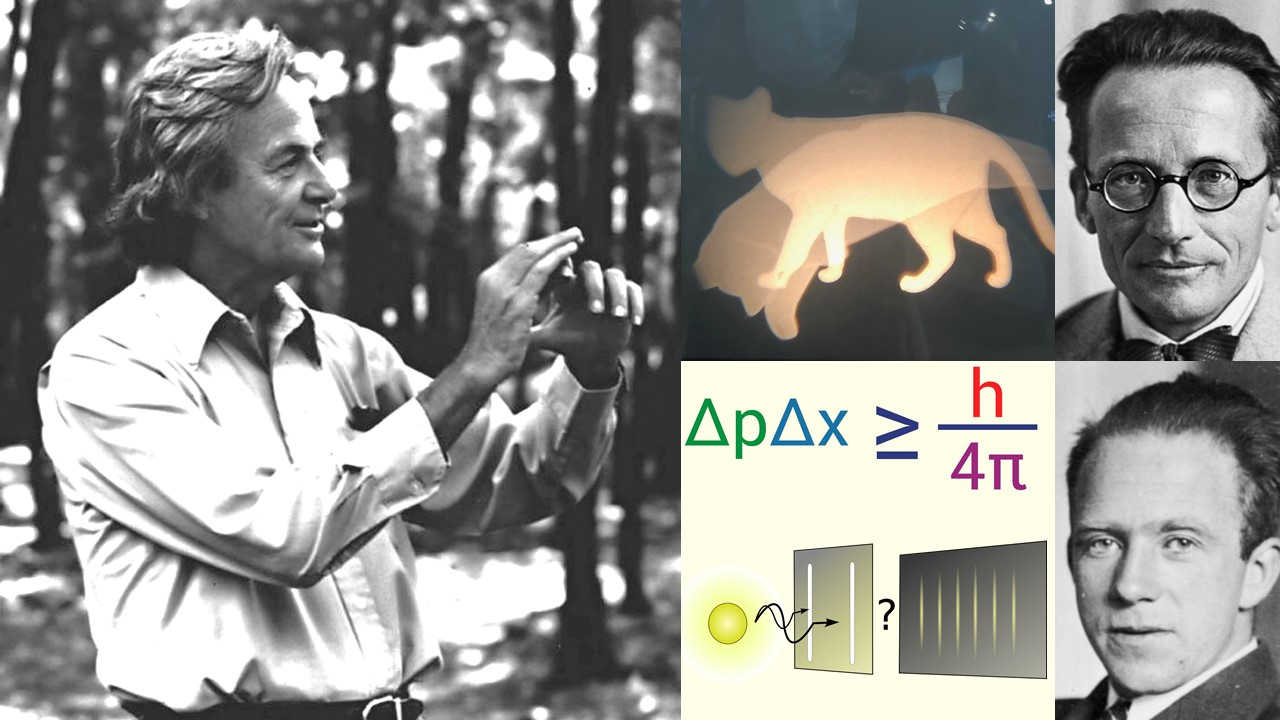
Fathers are often the role model for their children. Richard Feynman's father taught him how to think, not what to think. Aage Bohr grew up working with his father Niels Bohr at the University of Copenhagen. Did you know that seven father-child pairs have been awarded a Nobel Prize? Of these, four pairs won the Nobel Prize in physics.
JJ Thomson and George Thomson
Sir Joseph John Thomson won the Nobel Prize in physics in 1906 for the discovery of electron, the first subatomic particle to be found. Thomson was also a great teacher, and nine of his students went on to win Nobel Prizes, including his son George.
 |
| Working with Cathode rays |
Contradicting his father, George Paget Thomson won the Nobel Prize in physics in 1937 for the discovery of wave properties of electron. He showed by scattering electrons through thin Gold films that electron diffracted as if it were a wave. With his discovery, George confirmed Louis de Broglie's theory.
Niels Bohr and Aage Bohr
Aage Bohr grew up surrounded by physicists including Heisenberg, Pauli and Kramers. After graduation, he served as a personal assistant to his Nobel Prize winning father who was one of the founders of quantum mechanics, Niels Bohr, best known for explaining the structure of Hydrogen atom.
At that time, the known properties of atomic nuclei could not be explained by the existing nuclear models. Aage studied this problem in the late 1940s and solved in 1952. He gave a new theory to describe asymmetrical shapes of certain nuclei, what the shell model and liquid drop model could not account for.
Aage Bohr shared the Nobel Prize with physicists Ben Mottelson and James Rainwater in 1975 for their explanation of the non-spherical geometry of atomic nuclei and its experimental verification.

William Bragg and Lawrence Bragg
Lawrence Bragg was born in Australia and graduated from the University of Adelaide at age 18. He soon was offered a scholarship in mathematics by the University of Cambridge while his father William Henry Bragg secured a prestigious Cavendish chair of physics at the University of Leeds.
The family moved to Britain and the father and son duo studied the structure of minerals by means of X-rays. They shared the Nobel Prize in physics in 1915 for their services in the X-ray crystallography research. A sulfide mineral is named "Braggite" in their honor.
Manne Siegbahn and Kai Siegbahn
While Niels Bohr was among the first to gain theoretical understanding of atom's internal structure, Manne Siebahn was an experimental physicist who understood electron shell system experimentally by means of x-ray spectroscopy.
Manne won the Nobel Prize in 1924 for his precision measurements that drove many developments in quantum theory and atomic physics. His son Kai also won the Nobel Prize in physics in 1981 for the development of electron spectroscopy.
Other Father Child Nobel winners
1. Pierre Curie won the Nobel Prize in physics in 1903 with his wife Marie Curie for their extraordinary contribution to the understanding of radioactivity. Their daughter Irene won the Nobel Prize in chemistry in 1935 for pioneering work in artificial radioactivity.

2. Arthur Kornberg won the Nobel Prize in medicine in 1959 for his studies on the synthesis of DNA. His son Roger Kornberg won in chemistry in 2006 for explaining how information is copied from DNA to RNA.
3. Hans von Euler won the Nobel Prize in chemistry in 1929 for research in organic chemistry. His son Ulf von Euler won the Nobel Prize in medicine in 1970 for his work on neurotransmitters. They are distantly related to mathematician Leonhard Euler.

















 Physics, astronomy and science history blog for students
Physics, astronomy and science history blog for students